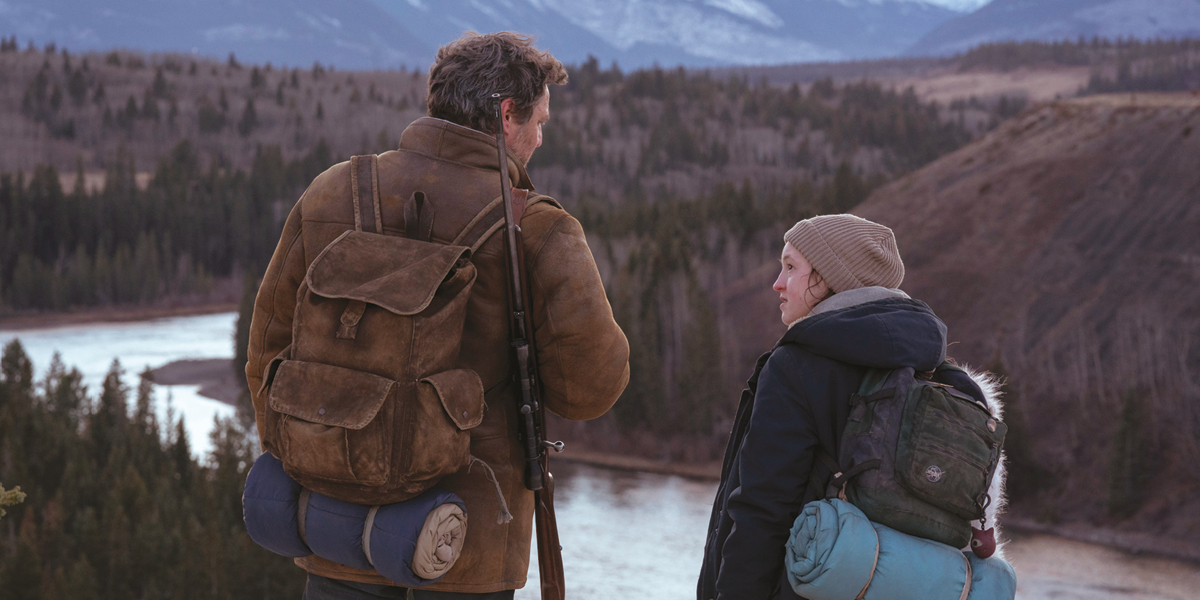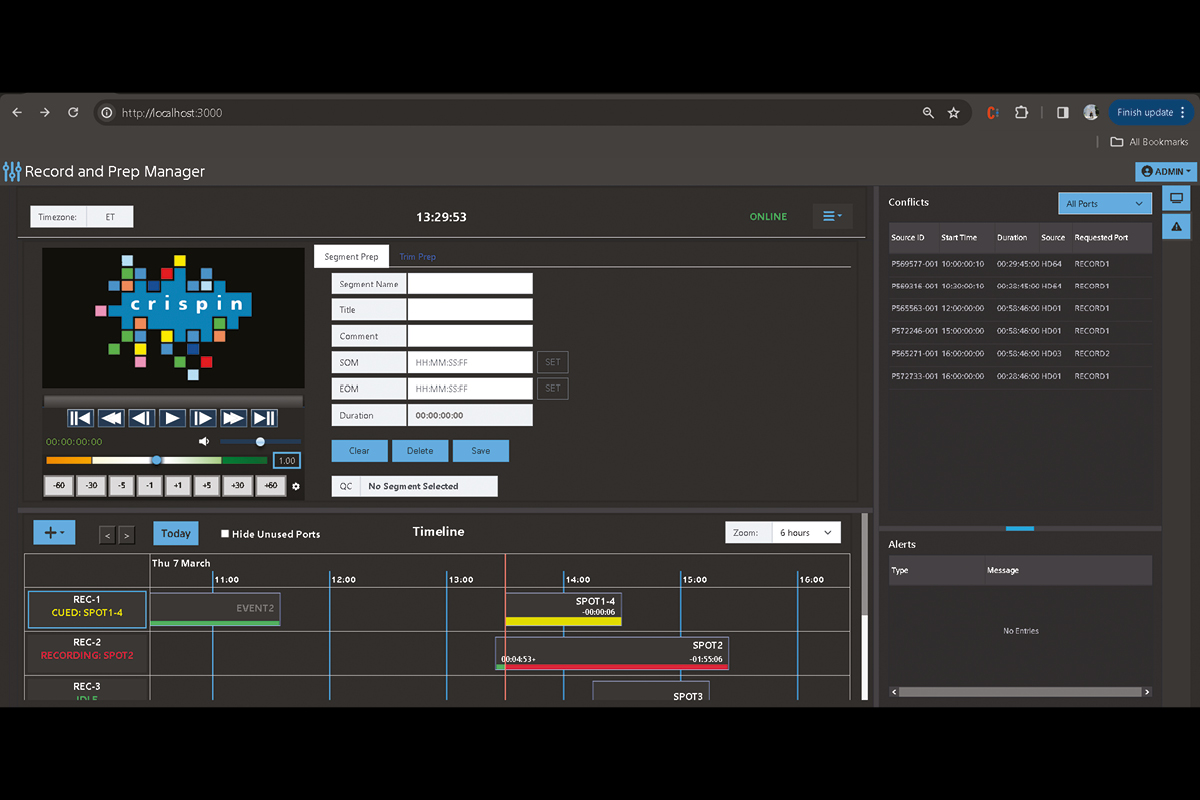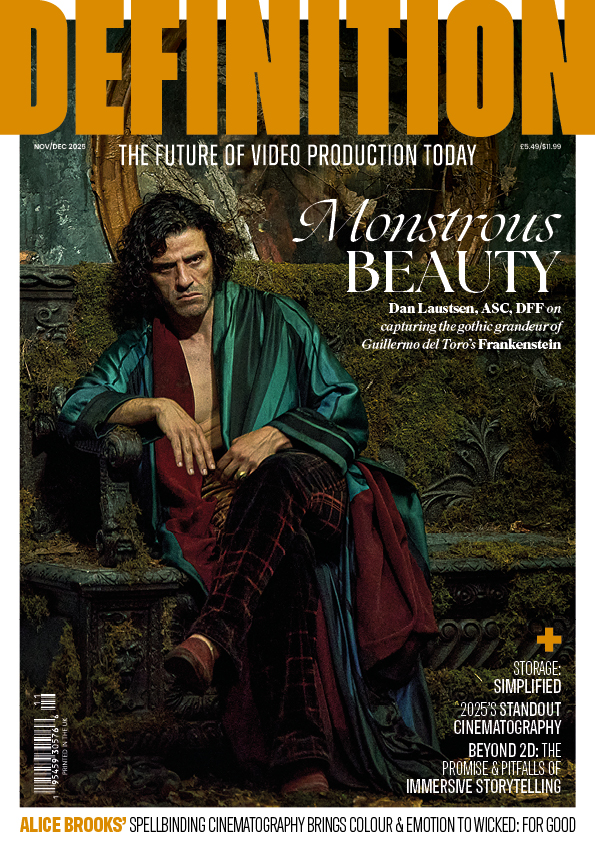
The Last of Us
Posted on Jun 8, 2024 by Samara Husbands
Post-production and editing for TV
Will Newman explores how the cloud drives real collaboration for today’s high-end television
IMAGE Warner Bros
The need to vacate offices and work at home during the Covid-19 pandemic changed the way we all approach work – and producers of the latest high-end television weren’t any different.
While people of course still need to be on set, many of the collaborative benefits of working from home have translated to filmmaking and the cloud has become a key component of that.
It has transformed filmmaking workflows in many ways, thanks to its ability to enable remote collaboration and flexible working – and will continue to do so.
Filmed as the worst of the pandemic was just behind us – between July 2021 and June 2022 – no production better typifies this reality than the epic post-apocalyptic HBO drama The Last of Us.
The show transports viewers to a barren, technologically regressed future thanks to a pandemic of its own. But it won’t surprise you that the technology used to make it was cutting-edge.
Much has been said about the breathtaking blend of computer-generated and practical effects, but the production’s collaborative workflow is what resonated for editor Timothy Good and DOP Eben Bolter.
Entering the quarantine zone
When the pandemic hit (Covid-19, not cordyceps), studios and production teams had to quickly adjust to a new reality.
Many worried about how remote working would impact content security during the post-production process.
After all, keeping content under physical lock and key was no longer possible.
But necessity is the mother of invention, and after several months of shutdown, bringing cloud-based remote servers online enabled editors to restart their work while preventing content leakage.
The Last of Us was one of the productions able to take advantage
of the adjustment and experimentation that took place in the earlier days of the pandemic.
When I spoke to the show’s editor, Tim Good, on a recent episode of the Cloudsourcing Storytelling podcast, he spoke about how surprised he was at the seamless production workflow, even while working remotely: “It was the first time I had ever used a mirror system, as opposed to an actual editing Avid. I was dialling into a system in downtown Los Angeles from thousands of miles away, and it worked! I felt no lag, no difference – I forgot I was on a remote system.”
The benefits of cloud-enabled remote work extended to Good’s personal life too: “We had a production office in Calgary, where we could dial into a remote mirror system. But if we got sick or needed to go home, our apartments had the same systems. Working from home, I didn’t feel burdened by having to stay in a facility until late at night – and then figure out where I was going to buy dinner.”

Joel’s radio code
It’s clear to everyone working in today’s media landscape that remote work of course enables much more flexibility.
But does it somehow make it harder for editors to get to the heart of a project?
If you ask Good, the answer is a resounding ‘no’.
Thankfully, unlike series protagonist Joel, he didn’t have to rely on a cryptic radio code to work with distant colleagues!
The same cloud-based technology that enabled remote working also enabled seamless communication with the set.
This, according to Good, is what mattered most. He explains: “Technology now enables editors and the post-production community to work globally, which is fascinating.”
Reflecting on his close working relationship with esteemed director of photography Eben Bolter, Tim adds: “I immediately connected with Eben because he wanted to have a very open line of communication, which is rare. The set worked together very communicatively and collaboratively. I got the sense of being there without actually being on set, which allowed me to do my best work and to bring the best of the set into the edit.”
Bolter echoed a similar sentiment: “It’s easy for DOPs like me and editors to be strangers. I wrap.
I go to another job.
Then, I see the project in the grade and think, ‘Oh wow, they didn’t use that?’ Sometimes, it’s heartbreaking to learn that a scene you love has been cut. But if you can understand the bigger picture, the reason why, it’s much better to know.”
During our conversation, Bolter drew attention to the quality of Good’s first cuts on The Last of Us.
Good modestly assured us this was a product of tech-enabled collaboration: “The reason I’m able to do that is because everyone’s communicating with me using all the different technology available. I don’t put flabby cuts together, that’s for sure. I am able to do that because of the collaboration between us.”
Down to talent and tools, Good and Bolter’s close collaboration was powerful. Bolter recalled: “I’ve got quite a few memories of being stood on set, having just watched a scene that Tim had cut a week earlier, from something we’d shot a month earlier. Jeremy [Webb, the director] and I watched the end of episode 5 on set. And both of us had a little cry, just from the assembly. It was amazing to be able to watch The Last of Us in high quality on set. It was surreal.”

What’s next?
So, what’s next on editors’ cloud technology wish lists?
Though happy with his current remote working set-up, Good has the following request: “Currently, I see an emulation of a monitor. I don’t see a monitor itself when I’m working. For me, the next step will be to actually see the image versus a compressed stream of a monitor’s image.”
Will Newman is the Digital Media Production Center manager at Sony Media Solutions.
Check out episode 3 of Sony’s Cloudsourcing Storytelling podcast to learn more about the editing process on The Last of Us.
This feature was first published in the June 2024 issue of Definition.








